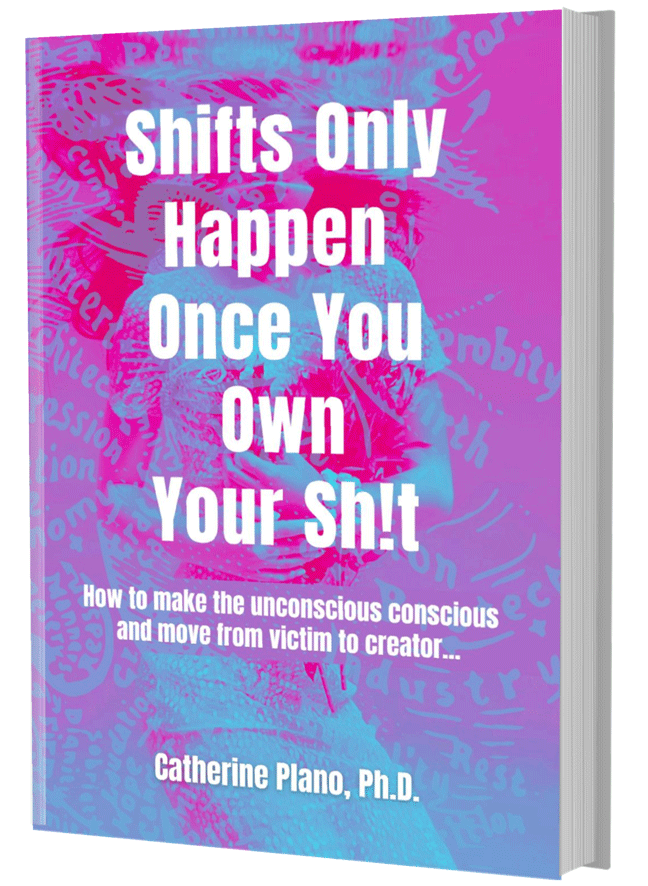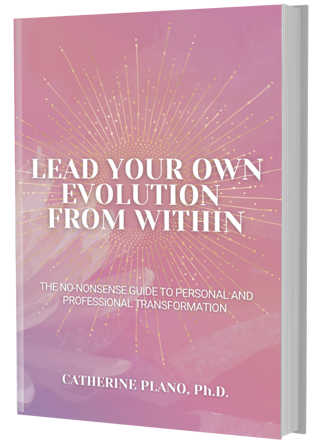Having power and being in a position of power can cloud your judgment.
There are many different ways someone can use their power. There are some in power positions who hang on tight to their power because they don’t want others to outshine them, and then there are those who have power and use that power to achieve an outcome.
The insecure leader doesn’t empower others, just in case they do a better job. The bossy leader wields their power to create fear.
In both cases, power is about control but underneath that control is fear, hurt or anger.
We are experts at masking our layers of emotions…
For example, if we look underneath depression we will find anger, and if we look underneath anger, we will find sadness, and if we look under sadness, we will find fear. Fear is, essentially, the root of all of our negative emotions. Fear knows how to hide and masquerade, or it can show up as a surface emotion. With these chameleon-like qualities, fear can be a tricky emotion to discover.
If our leadership style is fear-based then we feel the need to ‘control’, in order feel safe. But this doesn’t deal with the root cause.
What is power without control…
Hierarchy – the traditional management structure of many organisations – is high power versus low power. And this is not the inclusive leader behaviour we all aspire to. Because when this kind of power plays out in a culture, the high power doesn’t listen to others ideas, it resists any form of suggestions made by others – and it too has to be their way because it makes the high power feel worthy and ‘in control’.
But being in control of everything? Well, that’s exhausting!
And it’s not the best use of personal talent either. It can be stressful for the control-driven leader too, and it is not conducive to fostering team work, either. High power leadership styles have very many negative traits and repercussions – A high power individual is not very open to receiving feedback, can be easily offended, argumentative and dominating. As a result, people around these types of leaders tend to walk on egg shells, remain timid, and ‘do as they’re told’. This style can result in people feeling bullied and lacking in value.
Power is contextual…
Have you ever considered that power is contextual? Look at New Zealand Prime Minister Jacinda Ardern – she’s a powerful woman, with a nation to run. But at home she changes nappies, and does washing and organises her family – mundane, routine, and no less valuable, but certainly not the same kind of power she has at work! Similarly, the well-known rugby league coach Wayne Bennet. He leads a team of high performing sportspeople and at home is ‘Dad’ to three children, including a disabled son.
Power can shift rank and context, and it’s not constant …. depending on where we are, and what we’re doing, we all form positions of power – even in our closest relationships.
And the truth is that power is always ours to switch on and off at will – what’s more no-one can bestow it upon us or take it away. But our personal power and the way we relate with others are two different things entirely. Inclusive leaders recognise this, and they create teams and environments in which people feel powerful – they are allowed to shine.
Control-based leadership is as outdated as black and white TV…
Have you got an elephant in the room? It might be time to acknowledge it because inclusive leadership is the new brand of leadership. It’s a leadership style that’s based on collaboration and co-operation, rather than divisiveness and exclusion.
The inherent power of inclusive leadership lies in the fact that the inclusive leader knows that ‘control’ stifles creativity, and creativity is necessary for businesses to thrive in this ever-changing, fast-paced global economy. The way we work is changing and businesses need to adopt new ways of doing things in order to stay competitive, relevant and profitable.
Many CEOs look at innovative organisations like ‘Google’ and wish they could emulate it in several different ways. Well it’s possible, but only by successfully harnessing the power of the people. That means creating a culture that’s engaging, supportive, and that starts with ensuring that there are inclusive leaders on board, who are able to see the talents in others and utilise these talents, and in doing so, effect change.





